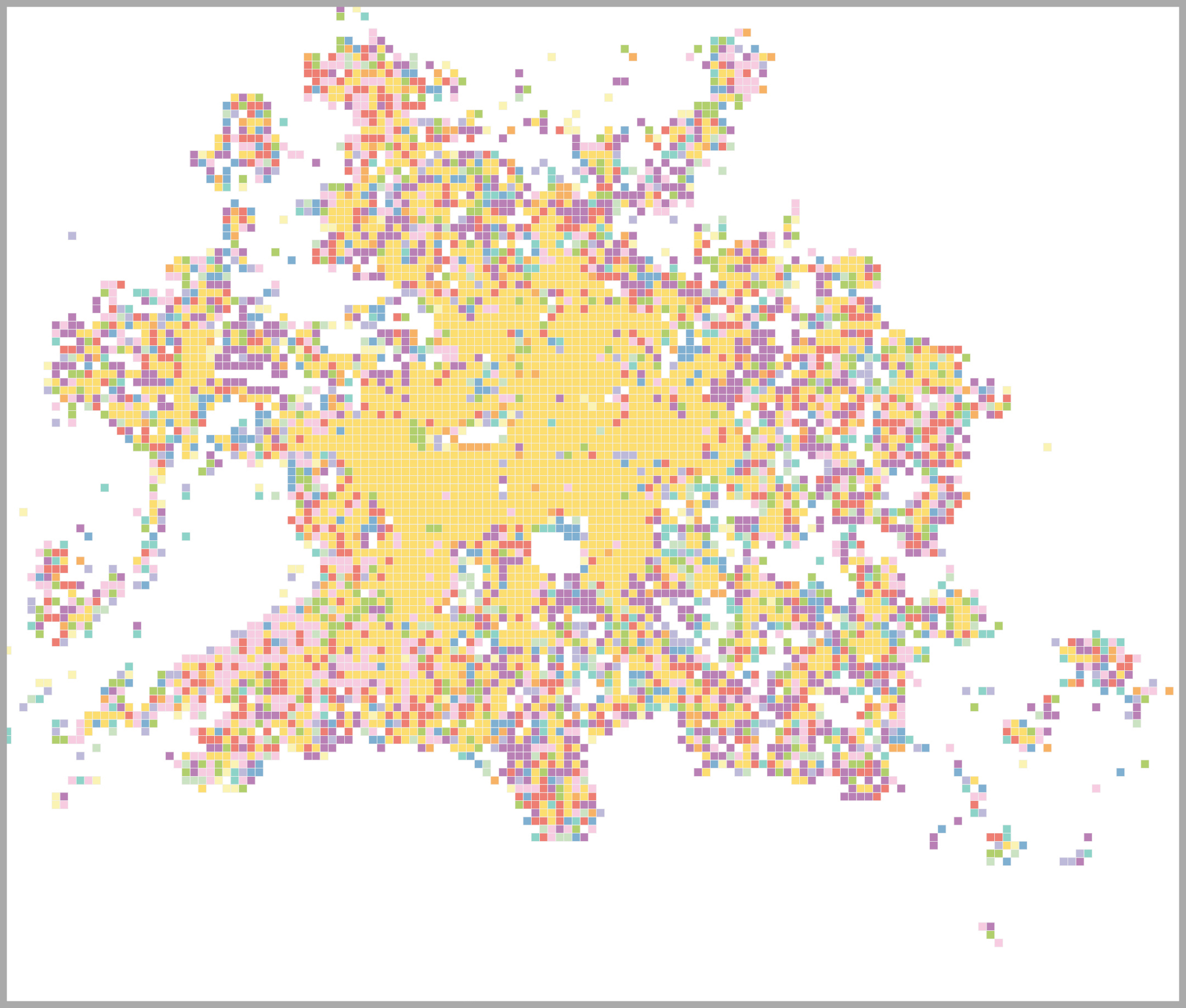Lonely Places project

date: 22/09/2020
Loneliness is emerging as a key concern. This phenomenon existed before the current pandemic, but the pandemic has brought it to the forefront. The salience of loneliness for social cohesion is high.
The "Lonely places" project extends the traditional concept of loneliness, usually associated only with individuals, to places. The concept of loneliness can be applied to places if these are considered as nodes. The position of the nodes in the network, the quantity and quality of the links across nodes, and the flows passing through them are all objects of this study.
This new perspective is instrumental in order to analyse territorial and demographic disparities through new lenses and produce knowledge useful to foster the quality of life of citizens. Situations of threats and vulnerabilities are, for example, depopulation processes in connection with remoteness and (un)availability of essential services, while opportunities are stemming from new approaches to sustainable and resilient tourism, programmes for migrants’ inclusion counteracting depopulation and ageing, smart villages in rural areas and efficient interlinkages along the rural-urban continuum.
The project involves the combination of official data and data from emerging data sources and the use of data science methods. The analysis is interdisciplinary, multi-scalar ranging from regional to grid level.
A number of analyses included in this project are already ongoing and preliminary results are available. For example, a comparison of the spatial patterns of urban amenities in several European cities show the distribution and closeness of urban services within cities, contributing to expanding the knowledge about human activity patterns in cities. One of the goals of this work is to evaluate the preponderance of certain typologies in the distribution of amenities in cities, as this might contribute to influencing the presence and the accessibility of people in certain areas at different time intervals during the day and the week, contributing to driving the vibrancy and vitality of cities.
Some of the preliminary results will be presented during the European Weeek of Regions and Cities next October 2020.
